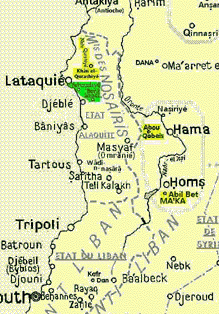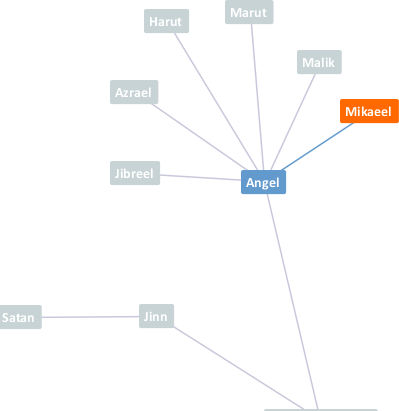
SAHIH INTERNATIONAL TRANSLATION
QuoteIndeed, as-Safa and al-Marwah are among the symbols of Allah . So whoever makes Hajj to the House or performs 'umrah - there is no blame upon him for walking between them. And whoever volunteers good - then indeed, Allah is appreciative and Knowing.
Marwah
It's not hard to see Marwah is Mount Moriah (Temple Mount) today in Arabic still called ﻣﺮﻭﻩ Marwah. Wiki link. The oldest reference to Mount Moriah is in Genesis and in Chronicles (OT). This landmark has been called Moriah/Marwa for at least 3000 years.
Safa
Safa is a bit harder to identify. The writing of the historian Josephus were most helpful in identifying this landmark. Josephus narrates a story about Alexander the great visiting Jerusalem. Although the story is most likely fiction, the names of landmarks most likely aren't.
From Jewish antiquities 11.317-345:
Quote[11.329] And when Jaddus understood that Alexander was not far from the city, he went out in procession, with the priests and the multitude of the citizens. The procession was venerable, and the manner of it different from that of other nations. It reached to a place called Sapha, which name, translated into Greek, signifies a prospect, for you have thence a prospect both of Jerusalem and of the temple.
Now if you understand Sapha means prospect, it's easy to identify the landmark. Prospect in Latin is Scopus. The landmark Sapha Quran is referring to is Mount Scopus. This mount gives a prospect over Jerusalem and Temple mount (mount Moriah). Wiki link

View from mount Scopus (Safa) towards mount Moriah (Marwa)
PS: Yes, this implies the majority of Muslims in the world are doing pilgrimage to the wrong place and praying towards the wrong place (Mecca instead of Jerusalem).





 .
. i.e. a paragraph or a margin note) seems more convincing. We are coming closer to the meaning of ? writing ? or ?chapter?, but not yet in a fully satisfying way.
i.e. a paragraph or a margin note) seems more convincing. We are coming closer to the meaning of ? writing ? or ?chapter?, but not yet in a fully satisfying way. ), means line, but more essentially, writing [1]! The word seems to derive from the old Aramean root śfr, to write, which became in Hebrew ś?fer (
), means line, but more essentially, writing [1]! The word seems to derive from the old Aramean root śfr, to write, which became in Hebrew ś?fer (  , the one who writes, found in the Koran in 80:15, safarat, scribes). However, in certain Aramaic formulations, the ?f? changes into ?w?, and writing is expressed by the word ś?rat [2].
, the one who writes, found in the Koran in 80:15, safarat, scribes). However, in certain Aramaic formulations, the ?f? changes into ?w?, and writing is expressed by the word ś?rat [2]. in Aramean corresponds to
in Aramean corresponds to  in Arabic (whereas
in Arabic (whereas  corresponds to
corresponds to  ).
). in western syriac and Κ?? in eastern syriac oriental (pronounced Κ?, the ?ayn final falling into the eastern syriac pronunciation)? (p.184).
in western syriac and Κ?? in eastern syriac oriental (pronounced Κ?, the ?ayn final falling into the eastern syriac pronunciation)? (p.184).